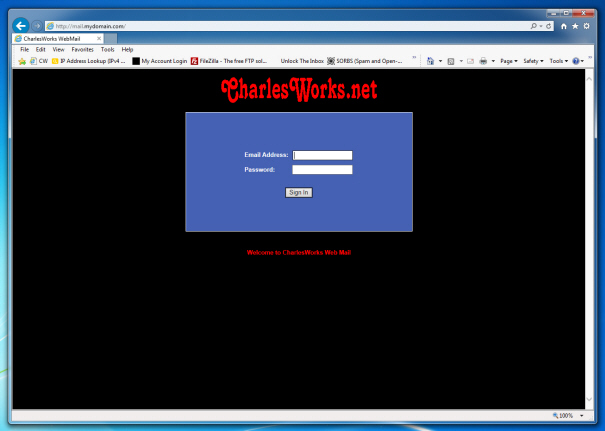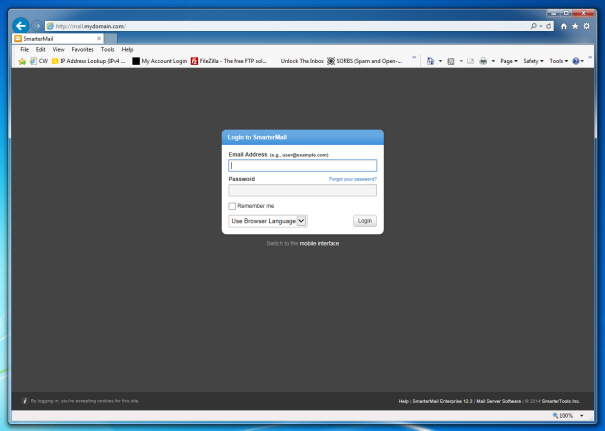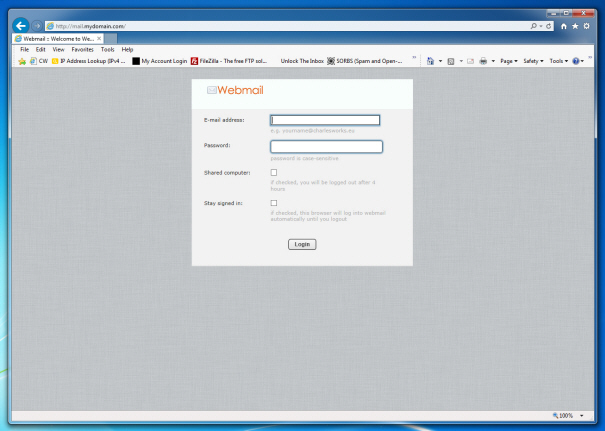Contrary to popular belief, computers – especially mail servers – don’t really “know” anything…
Spam – unsolicited bulk commercial email – is a huge problem on the Internet. In the beginning of 2013, reports from some Internet providers indicated that spam accounted for roughly 85% of all Internet traffic. By 2014, that figure was estimated to have risen to 88% of all Internet traffic! Think about what that means – the rest of us are forced to operate within only about 12% of the remaining Internet space. To really understand what this means, think of the Internet as a huge pipeline that is about 88% clogged!
Most of us want our email systems to just magically know what is spam and what isn’t. If only it were that easy. The problem is that it is unavoidable that some emails get seen as non-spam when they aren’t – and worse yet that some get seen as spam when not.
Bring into play the free email accounts such as available through Gmail, Yahoo, MSN, Outlook, and the literally hundreds of others. Spammers, like anyone else, just sign up for free with and spam with those until they are shut down. Then they just sign up for another one. It’s that easy for them. This is all part of why no email provider guarantees delivery.
On most of our mail servers here at CharlesWorks, spam can be detected and isolated or eliminated. The level of that isolation and disposition varies according to which server you are on.
As a rule, CharlesWorks prefers to filter the spam messages into your spam or junk e-mail folder (again, depending upon which server you are on). This way, you have the option of searching for something that may be missing in your spam collection folder.
The login pages for the servers we currently use are shown below, from the newest and most sophisticated shown to the oldest (and least sophisticated).
The first step will be to log into your webmail. Usually that is accomplished by entering the following in a web browser (like Internet Explorer, Firefox, Safari, or Chrome to name but a few) using your own domain name:
http://mail.cwbackup.com
(using the http://mail. followed by your own domain name of course!)
This will usually bring up a starter or home page you can log into the mail server with for viewing your mail over the Internet that looks like one of those below. Just click on the picture below for detailed instructions on how to train the system for spam on your particular mail server:
However, if your email login page looks like the one below there are no user controllable spam handling capabilities on it.
What that means that the server does filter out spam but simply does not save it into a spam folder where the user can check it (in case it is desired to receive that piece of email). In this case, just email Websites@CharlesWorks.com and one of us will schedule moving you to one of our newer email systems.





